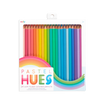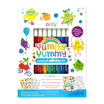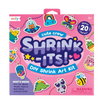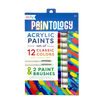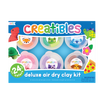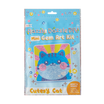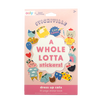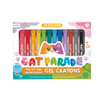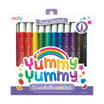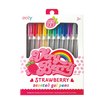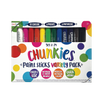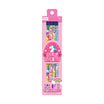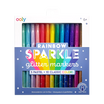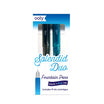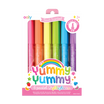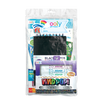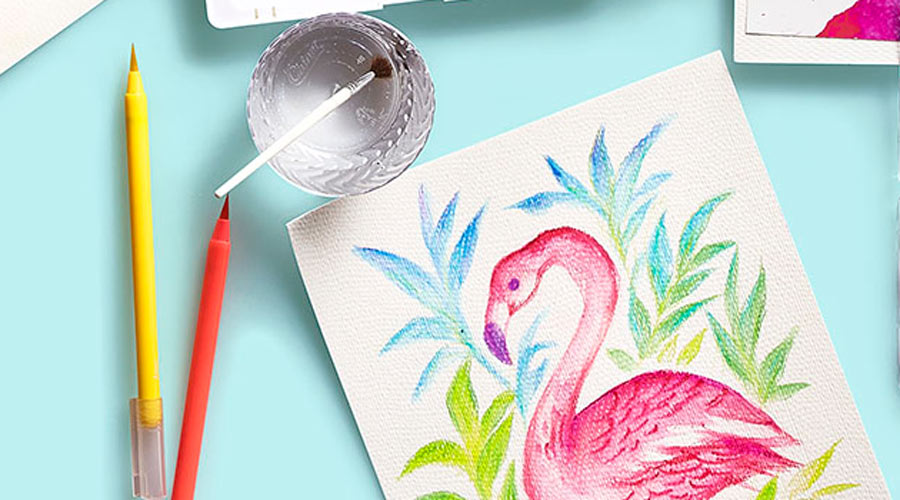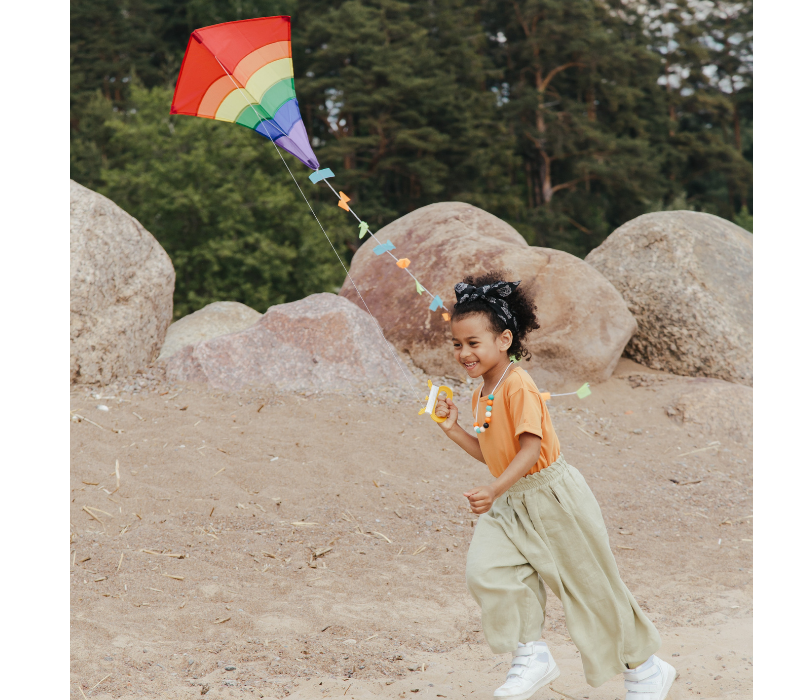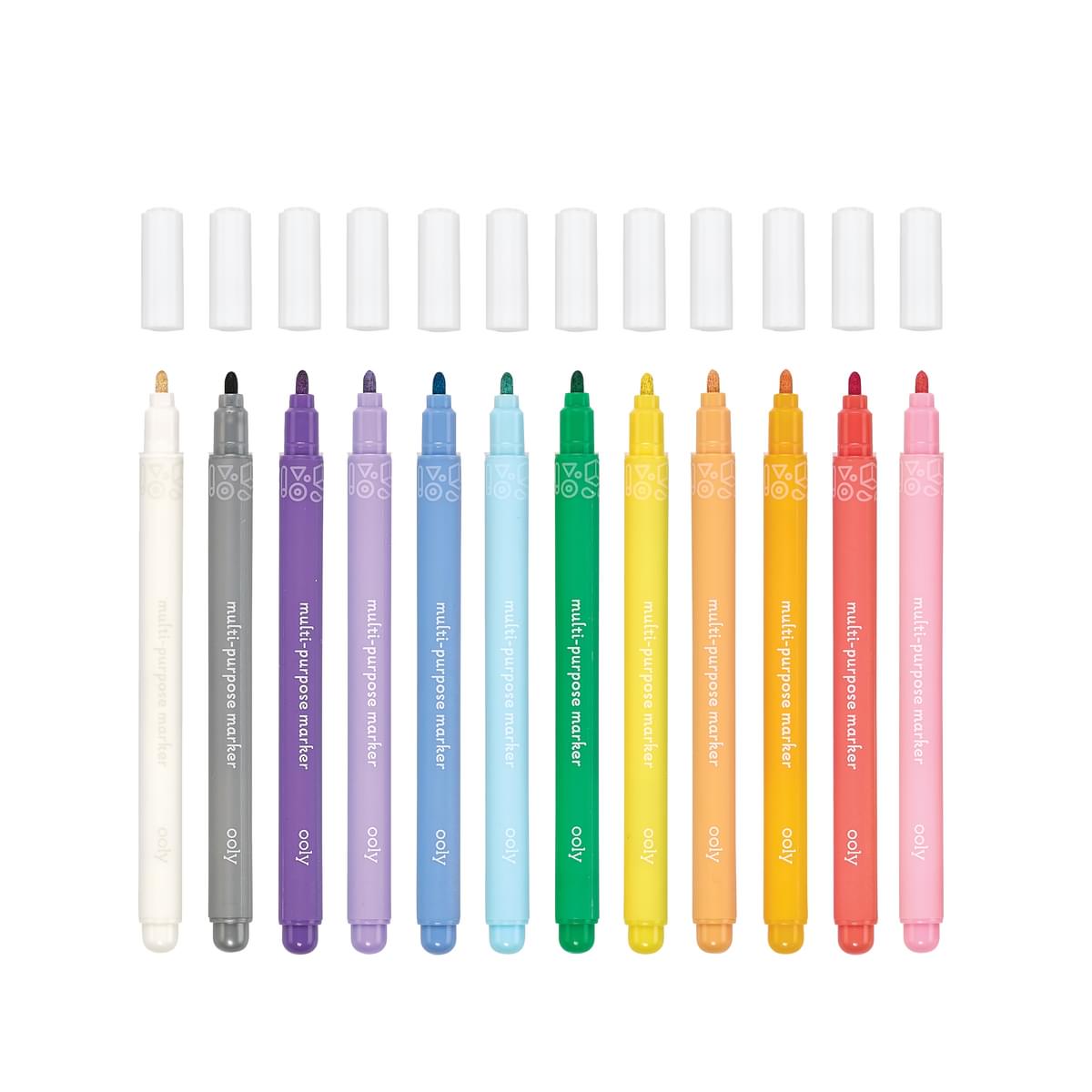Gather Your Supplies
Although watercolor markers don't require as many supplies as traditional watercolor, there are still a few things you need. In addition to your watercolor marker set, be sure to find good-quality paper. The best watercolor paper is thick and textured, allowing it to absorb excess moisture. You will also need a cup of clear water and a small paintbrush.Make a Plan (or Not)
Once you have all of your materials together, it's time to begin thinking about what you would like to paint! If you have a specific subject in mind, you may wish to lightly sketch your image on watercolor paper with a pencil. Remember that watercolor is not as dark as some other paints, so it's important to avoid heavy pencil lines. If you prefer being spontaneous, you can skip this step and go right to painting!Experiment
 As with any new activity, mastering watercolor markers may take a bit of practice. You may wish to use a piece of scrap paper to try out different methods in order to determine which effects you would like to incorporate into your painting. These markers can achieve a variety of eye-catching results depending on how you apply their ink:
As with any new activity, mastering watercolor markers may take a bit of practice. You may wish to use a piece of scrap paper to try out different methods in order to determine which effects you would like to incorporate into your painting. These markers can achieve a variety of eye-catching results depending on how you apply their ink:
- Wet Marker on Dry Paper: Dip the tip of a watercolor marker into your cup of water and stroke it on the watercolor paper. This technique gives you a good deal of control over where the color runs and it leaves behind a distinct layer of color. You may wish to use this technique for objects or details that you want to stand out and have clear lines.
- Dry Marker on Wet Paper: Dip your paintbrush (or your finger) into the cup of water and spread a layer of plain water to an area of your watercolor paper. Next, stroke a watercolor marker on the wet section of the paper. This technique often creates very organic effects as the color will turn out to be much lighter and will diffuse over the entire wet area. You may wish to use this technique to create backgrounds or to establish a base layer for future work.
- Layering Colors: To add more complexity to your watercolor paintings, you can try stroking a wet watercolor marker on top of dry paint. This allows you to create new colors and add shading.
- Blending Colors: If your design involves different colors that seamlessly blend into one another, you may wish to apply multiple colors of markers to the same section of the paper before the other colors dry. You can use either wet or dry markers to create this effect, depending on whether you want the colors to blend gradually or a bit more sharply.
Get Started
Now that you have a few watercolor techniques in your tool belt, it is time to use them to complete the design you have envisioned. It's often a good idea to begin by laying down lighter shades. This allows you to roughly outline a form without committing to the harder edges. These lighter shades can also be used to establish a background, such as a blue sky. You can progressively add darker and more opaque layers of paint to make your image more definitive.Add Detail
 As your painting gets closer and closer to the finished product you desire, you may wish to add a few sharper details. You may be able to accomplish this by applying a wet watercolor marker on top of other dry colors. If you would like to make certain sections stand out even more, you could finish your painting by utilizing different media. For instance, you could use something like Brilliant Brush Markers to add small bits of very bright colors. Additionally, you could use a black marker to define certain edges.
Watercolor markers open up endless possibilities in terms of visual effects. With some practice, you can become an expert at various techniques in order to create stunning works of art.
As your painting gets closer and closer to the finished product you desire, you may wish to add a few sharper details. You may be able to accomplish this by applying a wet watercolor marker on top of other dry colors. If you would like to make certain sections stand out even more, you could finish your painting by utilizing different media. For instance, you could use something like Brilliant Brush Markers to add small bits of very bright colors. Additionally, you could use a black marker to define certain edges.
Watercolor markers open up endless possibilities in terms of visual effects. With some practice, you can become an expert at various techniques in order to create stunning works of art.







